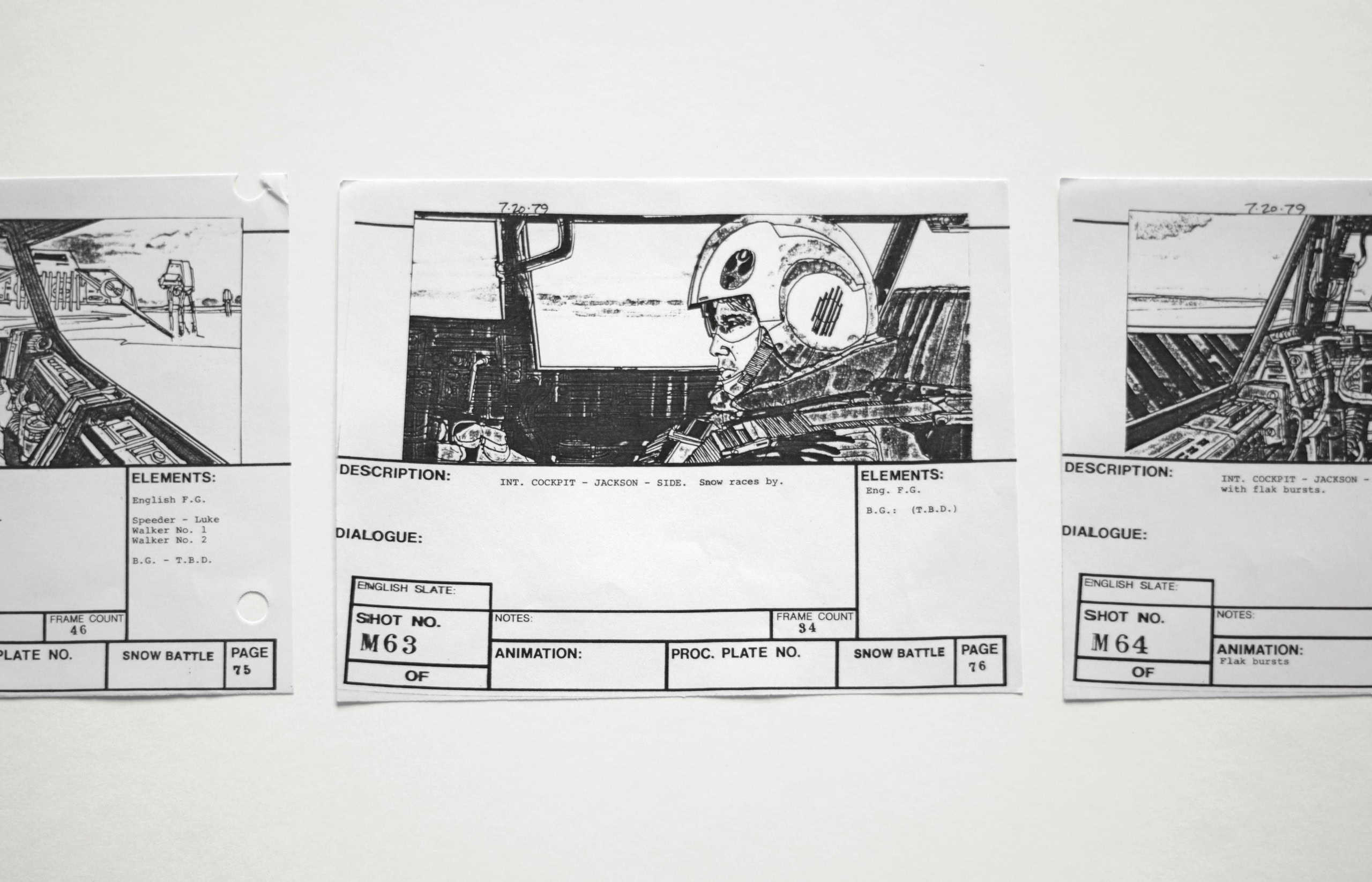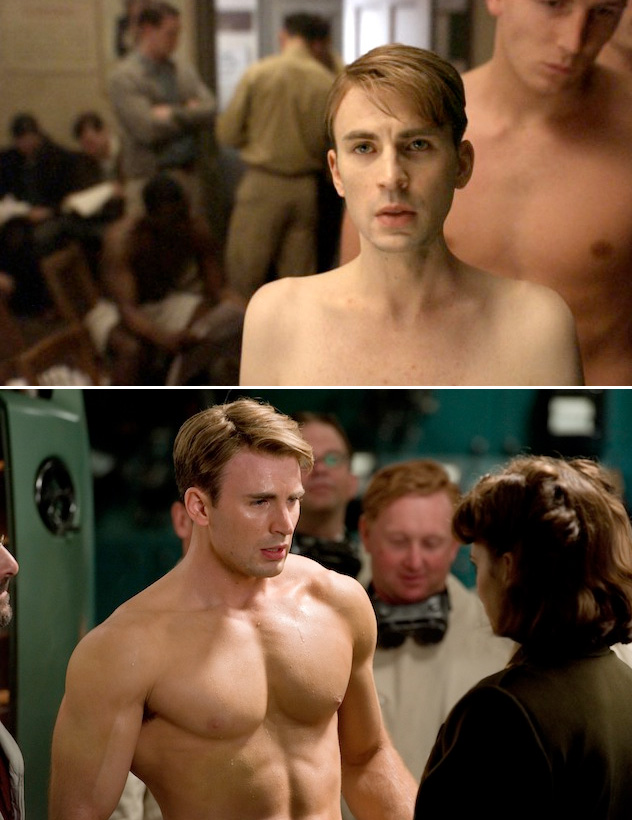Band 6 Creative Writing Story

Struggling to develop your HSC imaginative writing plot?
Most traditional narratives have a plot, or a series ofevents that make a story.
But what's the formula to writing a Band 6-worthy imaginative writing piece?
Don't fret! Let us walk you through the step by step guide to creating a great imaginative writing piece!
Gustav's 5 Point Plot Breakdown
Step 1: The Orientation
Step 2: The Rising Action
Step 3: The Conflict
Step 4: The Climax
Step 5: The Resolution
Gustav's 5 Point Plot Breakdown
In primary school, you were probably taught that a plot should look something like this:
Orientation/Introduction ⟶ Complication ⟶ Climax ⟶ Resolution
Though you can choose to use this formula for your HSC Imaginative Writing piece, it is very linear, and this makes for a rather plain story. Meaning, you probably won't stand out from the crowd or do very well in HSC English by following this formula.
So, is there a formula that makes for an awesome HSC Imaginative Writing piece?
There sure is!
If you've seen a blockbuster film recently, you've probably seen Gustav Freytag's Theory of Dramatic Narrative Structure in action!
Most Hollywood films have adopted Freytag's theory, which in it's simplest form, is the 'Five Point Plot Breakdown'.
These are the five most relevant causal events in a story and it looks a bit like this:
Inciting Incident ⟶ Rising Action ⟶ Conflict ⟶ Climax ⟶ Resolution
We can adapt this formula to create a 5 Point Plot Breakdown for HSC English Imaginative Writing that looks something like this:

Step 1: The Orientation, or the 'Inciting Incident'
Every story has to start somewhere to 'orient' the reader. This will often establish the protagonist and the setting, and will sometimes present the hints of the crisis, dilemma or problem which the protagonist is likely to encounter, and will be a departure from everyday life for the protagonist.
Answer these questions:
What is your inciting incident?
What is the problem they are facing?
Step 2: The Rising Action, or the 'Lock In'
After the protagonist and the setting are established, the crisis typically presents a challenging predicament for the protagonist which will create the main tension of the story.
Answer these questions:
How does the initial incident result in a bigger problem?
How does this create tension for your character?
Step 3: The Conflict, or the 'First Culmination'
This is the point of the narrative where the protagonist experiences their first challenge in the crisis, testing their initial capability. In most Hollywood films, this is usually the first setback.
Answer these questions:
What challenge does your character experience in trying to solve the problem?
How will they fail? What future additional problem and tension will this cause?
Step 4: The Climax, or the 'Main Culmination'
This is the main test of the protagonist in the crisis. To keep this interesting, this is also the point where protagonist may look like they are going to fail. This is usually the point which allows the protagonist to define who they are as a person, and includes definition of their values or beliefs.
Answer these questions:
What is the big final challenge your character faces and needed to overcome?
What values or beliefs do you want them to portray?
Step 5: The Resolution, or the 'Third Act Twist'
The resolution usually starts where the antagonist or the crisis has taken the upper hand and the protagonist is doomed to failure. This is usually where the turn of events has occurred, the crisis has been resolved and the protagonist has come out victorious, but has been changed or transformed as a result of their experience.
Answer these questions:
Does your character actual succeed or do they fail?
What have they learned from the experience?
Here's how Captain America: The First Avenger fits into this framework (Spoiler Alert!)
To give you a good example of
The Orientation, or the 'Inciting Incident'
Steve Rogers is a Brooklyn kid who suffers from poor health, but still wants to serve his country in World War II.
He lies about his health each time but still gets rejected. However, impressed by his unyielding patriotism and sense of duty, Dr. Abraham Erskine accepts his latest application.

The Rising Action, or the 'Lock In'
Steve isn't the strongest or fastest, but is the smartest from his cohort.
Because of this, Dr Erskine puts him forward for a new experiment to turn him into a super soldier. After Steve accepts this, Steve is injected with the Super Soldier Serum which makes him a foot taller and completely built with muscle.
The Conflict, or the 'First Culmination'
Despite the Serum, Steve is used to encourage enlistment in the army through display shows. Steve hears that an Allied regiment containing his best friend, Bucky Barnes, is to be abandoned behind enemy lines.
Sick of being a show pony, Steve decides to parachute behind enemy lines. Steve busts Bucky and the Allies out from the Hydra plant where they are imprisoned. The antagonist, Red Skull of Hydra, escapes before being killed.
The Climax, or the 'Main Culmination'
After committing a series of attacks on Hydra, Steve and his Allied team mates attack a train and capture Red Skull's right-hand man, Dr Armin Zola. However, in capturing Dr Zola, Bucky is shot and falls to his death whilst Steve looks on helplessly, unable to save him.

The Resolution, or the 'Third Act Twist'
Vowing revenge on Red Skull, Steve tracks him down on an aircraft. He catches up to him, but finds that the aircraft is loaded with bombs with the purpose of blowing up New York City. Steve decides to sacrifice himself and plunge the plane into the ocean to prevent the massive loss of life that the explosion would cause.
See what I mean?
That's way more exciting than the old formula you'd been taught.
However, keep in mind when writing your HSC Imaginative Writing piece, the plot has to be believable AND relevant.
Your next task is figuring out how you want to write your narrative.
Would you like to write a letter? A diary? A newspaper article?
If you've got no idea where to start, be sure to read our next article on Choosing a Narrative Type for your HSC Imaginative Writing Piece!
Still need help with your HSC Imaginative Writing?
We pride ourselves on our inspirational HSC English coaches and mentors!
We've developed a personalised HSC English Imaginative Writing Crash Course where our team of expert tutors & coaches work with you 1 on 1 at your home to help you craft a Band 6 imaginative writing piece!
To find out more and get started with an inspirational tutor and mentorget in touch today!
Give us a ring on 1300 267 888, email us at [email protected] or check us out onFacebook!
Source: https://artofsmart.com.au/english/hsc-imaginative-writing-plot/
0 Response to "Band 6 Creative Writing Story"
Post a Comment